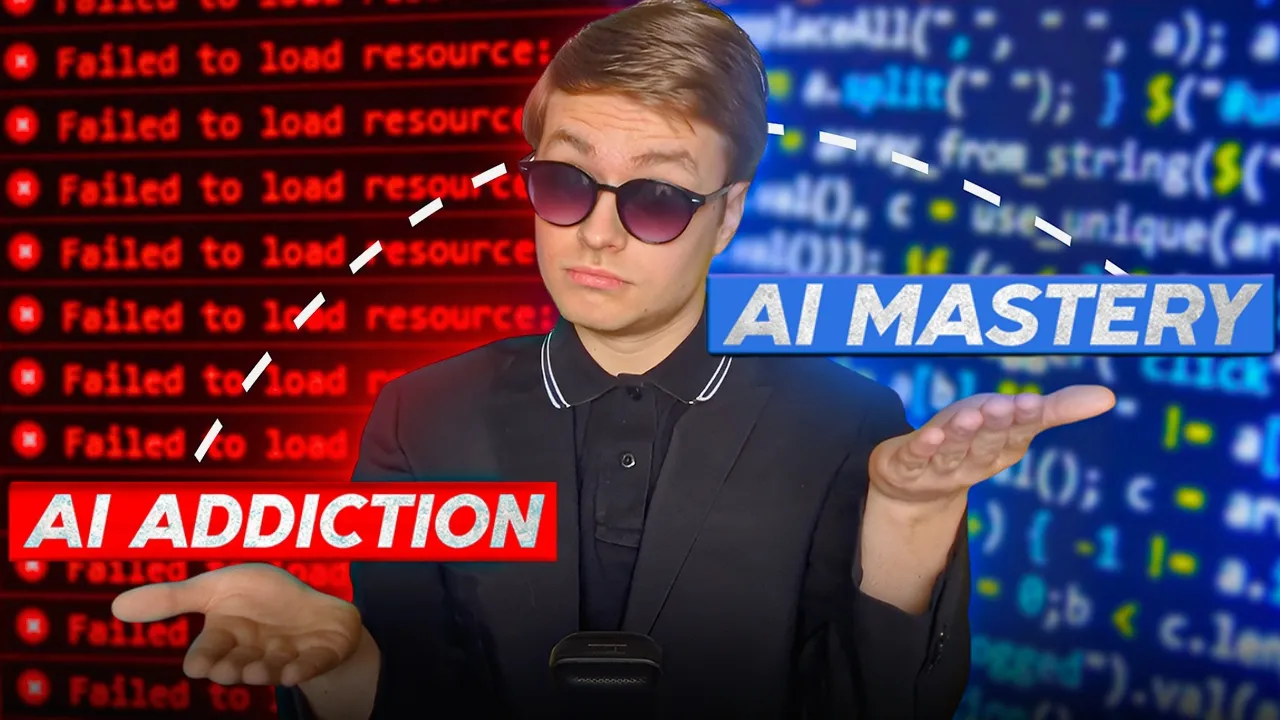Maintaining Code Ownership in the Age of AI Assistance
As AI-powered coding assistants become increasingly integrated into development workflows, a new challenge emerges: maintaining genuine ownership and understanding of code that was partially or largely generated by artificial intelligence. This challenge is particularly significant when working in team environments where code quality and accountability remain paramount. For engineers following an AI engineering career path, understanding these ownership principles becomes crucial for long-term success.
The Hidden Risk of AI-Generated Pull Requests
Modern development environments now offer agentic AI assistants that can modify multiple files simultaneously, sometimes changing code in ways that developers might not fully comprehend. When these changes are committed to a repository and submitted as pull requests, a significant risk emerges.
Creating a pull request signals to your team that you understand the code changes and can vouch for their correctness. However, if you’ve allowed AI to make substantial modifications without thoroughly reviewing them, you’re creating a disconnect between implied and actual understanding.
Professional Responsibility in an AI-Augmented Workflow
Regardless of how code is generated, the developer who submits it bears responsibility for its functionality, security, and maintenance. This responsibility requires:
- Being your own most thorough code reviewer for AI-generated solutions
- Understanding every file modification made by AI tools
- Ensuring all generated code aligns with project standards and requirements
- Maintaining the ability to explain every aspect of submitted code
This level of ownership means viewing AI not as a replacement for programming knowledge but as a collaborative tool that still requires your expertise and oversight.
Beyond Superficial Review Practices
Effective code ownership with AI assistance goes deeper than cursory reviews:
- Trace through execution paths of AI-generated code to ensure proper functioning
- Consider edge cases that the AI might have overlooked
- Verify that security best practices are maintained throughout generated code
- Cross-reference against project requirements and acceptance criteria
- Question unexpected approaches rather than assuming AI correctness
This thorough review process transforms passive code acceptance into active code ownership, maintaining your position as the ultimate authority on code bearing your name.
Team Trust in AI-Augmented Development
Teams function on trust—trust that each member understands their contributions and can support them when issues arise. AI-generated code can undermine this trust if team members suspect that:
- Developers don’t fully understand submitted code
- Issues will be difficult to debug because the original developer lacks ownership
- Architectural decisions were delegated to AI without proper human oversight
Maintaining code ownership preserves this essential trust by ensuring that AI remains a tool under human direction rather than an independent contributor whose work is blindly accepted. This principle becomes especially important when implementing complex systems like RAG architectures where code quality directly impacts system reliability.
Strategies for Balanced Collaboration with AI
Effective ownership with AI assistance requires intentional practices:
- Decompose complex tasks before involving AI, maintaining architectural control
- Request explanations from AI tools when they generate complex solutions
- Document the reasoning behind accepting specific AI suggestions
- Establish personal standards for what types of code you’re willing to delegate to AI
- Commit to understanding all code before submission, regardless of its source
These practices transform the AI from a potential dependency into a collaborative partner that enhances rather than diminishes your programming capabilities. This balanced approach is essential when building comprehensive AI engineering portfolios that demonstrate both technical skills and professional judgment.
To see exactly how to implement these concepts in practice, watch the full video tutorial on YouTube. I walk through each step in detail and show you the technical aspects not covered in this post. If you’re interested in learning more about AI engineering, join the AI Engineering community where we share insights, resources, and support for your journey. Turn AI from a threat into your biggest career advantage!

